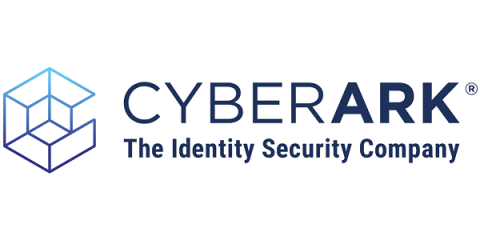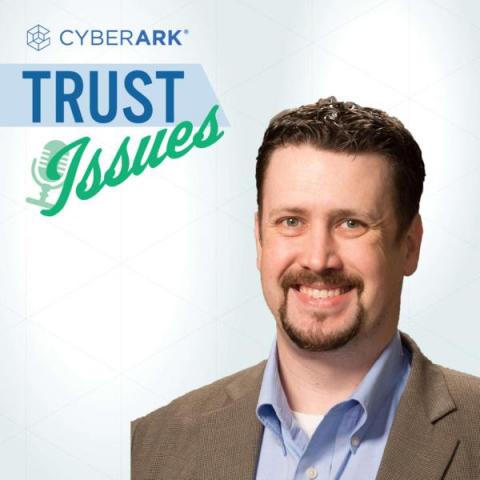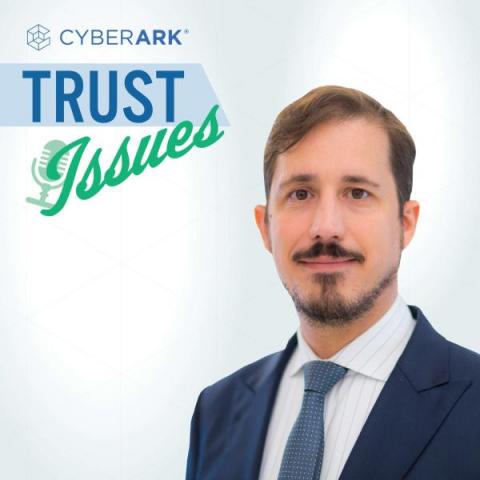Australia's Growing Focus on Critical Infrastructure Cybersecurity in 2023
In recent years, several major cyberattacks targeted critical infrastructure in Australia, including a major telecommunication company, which suffered a devastating data breach in September 2022. Soon after this cyberattack, Australia’s biggest health insurer also faced a ransomware attack in October 2022 that caused systems to go down. Customers could not access services through the company’s website or app.





